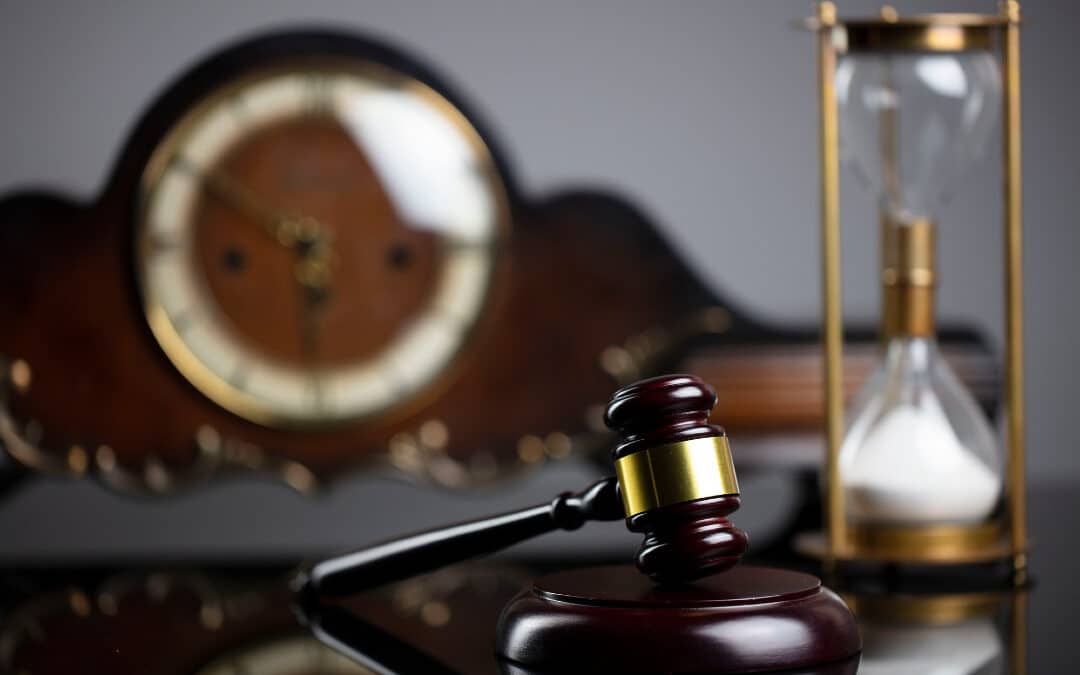As we stated in our post entitled “Time Limits on Filing a Claim against Municipalities in NY,” plaintiffs need to take care when calculating the time they have to sue a municipality under the NY General Municipal Law. The lower court’s decision to dismiss the plaintiff’s complaint as being untimely was recently upheld on appeal in Artup v Simeone, ___AD3d___, 2020 NY Slip Op 07528 (2d Dept 2020).[1]
The Law
The statute of limitations for negligence and personal injuries in NY is shortened when the defendant is a municipality such as a county, town, or agency. There is a requirement that plaintiff provide the municipality notice of the claim within 90 days after the accident.[2] The plaintiff has one year and 90 days to file the complaint.[3] The court allows plaintiffs to file a motion or petition to serve a late notice of claim with individual requirements.[4]
The Lower Court’s Decision
In Artup v. County of Westchester, et al., Ind. No. 68213/2018 (Sup Ct, Westchester County), the plaintiff claimed injuries from a four-car accident that involved a bus. Defendants moved to dismiss the complaint since the plaintiff did not start the action until more than one year and 90 days after the accident. The Supreme Court granted defendants’ motion and dismissed the complaint. Plaintiff appealed.
Plaintiff’s Appeal
On appeal, the plaintiff tried to argue that she had sufficiently tolled the statute of limitations because she had filed two petitions for leave to serve a late notice of claim. The appellate court found this argument insufficient to oppose the motion.[5]
The appellate court explained that “CPLR 204(a) tolls the statute of limitations from the time a special proceeding is commenced by the filing of the petition (refer to CPLR 304[a], [c]; CPLR 306-a[a]) until the subsequent order is entered deciding the petition.”[6] Plaintiff’s calculation as far as the tolling period filed to include the 24 days between the successive applications for leave to serve late notice of claims.
The appellate court also rejected plaintiff’s argument that she could not properly sue the defendants until she had complied with the defendant’s request for a hearing under GML § 50–h. The hearing had been mutually adjourned and the municipality failed to reschedule it at the earliest possible time and went beyond the 90 days. The court determined that since the plaintiff could start the action before the hearing was conducted; she was not prevented from filing before the statute of limitations expired.[7]
The above favorable result for the defendants is just one example of the intuitive thinking and swift legal action Yoars Law utilizes in litigating matters. We pride ourselves on providing practical, efficient and cost-effective solutions for our clients. In the above case, the defendants saved money by not having to pay legal fees of going through costly discovery, depositions, and trial before getting the correct result. Contact us today to see how we can help you achieve your desired results in and out of the courtroo
[1] The entire Decision & Order, dated December 12, 2020, can be found here.
[2] N.Y. Gen. Mun. Law § 50-e (Consol.)
[3] N.Y. Gen. Mun. Law § 50-i (Consol.)
[4] N.Y. Gen. Mun. Law § 50-e(5).
[5] Artup v. Simeone, 2020 NY Slip Op 07528, ¶ 1 (App. Div. 2nd Dept.): On motion to dismiss complaint under CPLR 3211(a)(5) defendant bears the initial burden of proving that the time in which to sue has expired. The burden then shifts to the nonmoving party to raise a question of fact as to whether the statute of limitations was tolled or was otherwise inapplicable.
[6] Artup v. Simeone, 2020 NY Slip Op 07528, ¶ 2 (App. Div. 2nd Dept.).
[7] Id.; citing General Municipal Law § 50-h[5].

